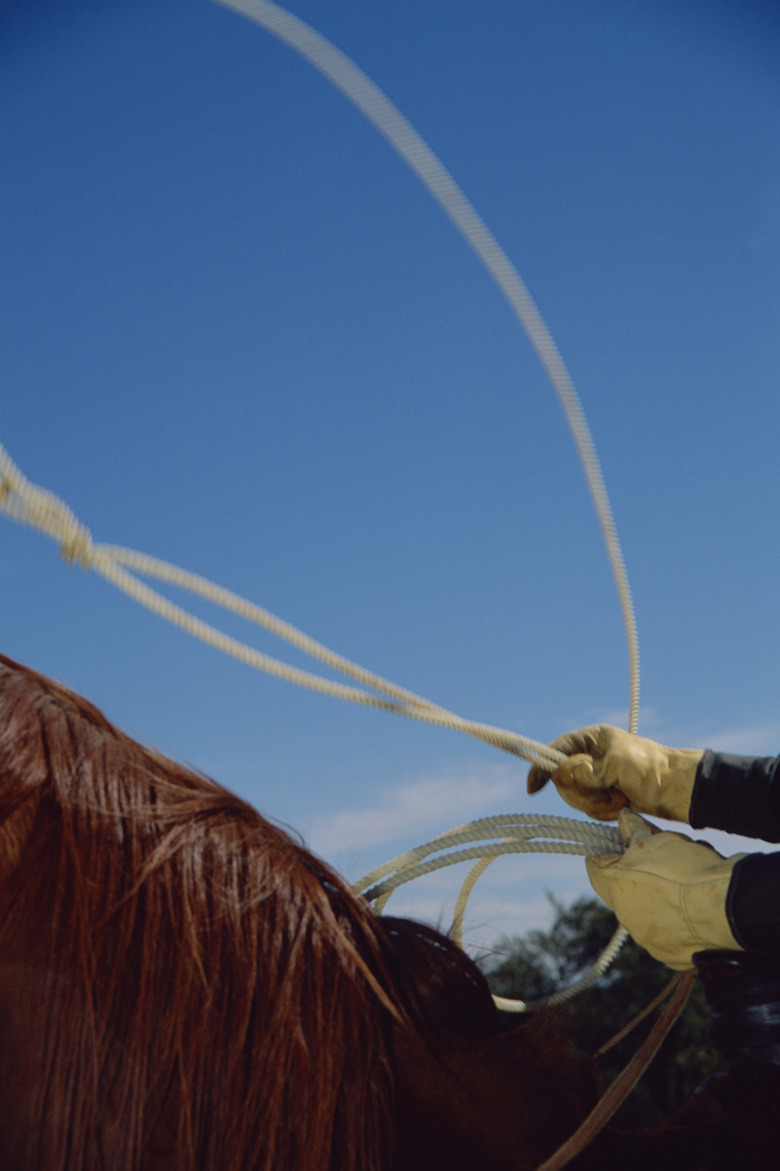The Role Of Microfilaments In Cytokinesis
One of the "goals" of all cells is to divide and to donate to each daughter cell a complete copy of the organism's DNA.
This cell division in eukaryotes is called cytokinesis and is preceded by mitosis. Both cytokinesis and mitosis require the participation of protein structures that also contribute to overall cell architecture in the form of the cytoskeleton.
Microfilaments play a critical role in cytokinesis because they form actin fibers, which are major components of the contractile ring in cytokinesis in animal cells. The specific job of microfilaments in cytokinesis is given after a look at what microfilaments and related structures do in the cell overall.
Microfilaments: Definition
Microfilaments: Definition
Microfilaments are solid rods made of the protein actin. This protein is in a globular shape when it is first synthesized in the ribosomes of cells, but it assumes a linear form that is then wound into helical threads that intertwine with one another. The individual microfilaments are about 5 nm to 9 nm (nanometers, or billionths of a meter) wide and designed to be of considerable tensile strength.
Microfilaments grow more quickly at one end than at the other because all of the individual protein molecules in these filaments have electrical polarity and all in the same direction. This leaves one end of a given microfilament electrically more positive and the other electrically more negative.
Role of Microfilaments
Role of Microfilaments
Microfilaments are, as noted, solid, rodlike structures composed of actin. They provide structural support and play a role in phagocytosis, which is the ingestion by simple engulfing of unwanted foreign substances for the purpose of getting rid of them, sometimes after digesting them. Microfilaments also participate in cell and organelle movement and also in cell division, as you'll see.
The **cytoskeleton** is a system of microscopic molecular filaments found in the cytoplasm of eukaryotic cells. Microfilaments function as one of three major contributors to this network, the others being intermediate fibers and microtubules.
The cytoskeleton provides added structural support to cells lacking cell walls, provides for cell and organelle motility (movement) and participates in cell division at different levels (mitosis and cytokinesis).
Other Components of the Cytoskeleton
Other Components of the Cytoskeleton
The foremost contributor to the cytoskeleton is probably the microtubules, hollow structures made from subunits consisting of a protein called tubulin. Intermediate filaments help shape the outside of the cell and reinforce the work of the cytoskeleton on the cell interior as a whole.
Centrioles are structures consisting of a ring of nine microtubules around a core of two microtubules. These can form the mitotic spindle in dividing cells and also form the whiplike cilia and flagella, which participate in locomotion of the organism and the movement of nearby molecules.
Mitosis and the Cell Cycle
Mitosis and the Cell Cycle
In the first part of the cell cycle, interphase, the cell is not dividing; rather, it is "bulking up," including replicating its chromosomes, or distinct "chunks" of DNA.
Mitosis is the first part of M phase; the second being cytokinesis. Mitosis consists of four (some sources say five) steps: prophase, metaphase, anaphase and telophase, with some texts placing "prometaphase" between prophase and metaphase. In any case, the spindle fibers that form during prophase and pull apart chromosomes during anaphase are made of microtubules.
Microfilaments in Cytokinesis
Microfilaments in Cytokinesis
Cytokinesis begins in anaphase of mitosis, when the cell membrane begins to pucker inward on either side of the line (or plane) along which the cell will divide. In animal cells, which lack cell walls, a contractile ring made partly of actin microfilaments forms around the inside of the cell membrane and constricts the cell from all sides.
Plant cells cannot form contractile rings because of the presence of a cell wall, and cytokinesis instead occurs along a cell plate in these organisms.
Cite This Article
MLA
Beck, Kevin. "The Role Of Microfilaments In Cytokinesis" sciencing.com, https://www.sciencing.com/role-microfilaments-cytokinesis-16577/. 25 June 2019.
APA
Beck, Kevin. (2019, June 25). The Role Of Microfilaments In Cytokinesis. sciencing.com. Retrieved from https://www.sciencing.com/role-microfilaments-cytokinesis-16577/
Chicago
Beck, Kevin. The Role Of Microfilaments In Cytokinesis last modified March 24, 2022. https://www.sciencing.com/role-microfilaments-cytokinesis-16577/
